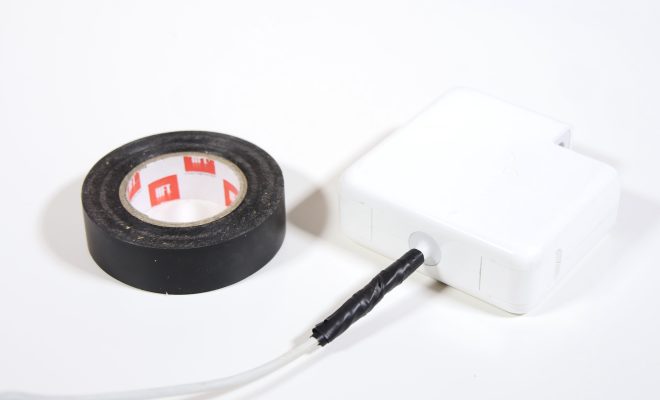What to Do When Your Ice Maker Stops Making Ice

Even the best ice makers can sometimes face issues and stop producing ice. If you find your refrigerator’s ice maker has stopped working, don’t panic! There’s usually a simple solution. Follow these troubleshooting tips to get your ice maker up and running again.
1. Check the power connection: First and foremost, ensure that your refrigerator is connected to the power source properly. If it isn’t, plug it in securely, or if there’s an issue with your outlet, switch to a different one.
2. Ensure the water supply is functioning: The water supply valve must be turned on for your ice maker to work. Check the water line by disconnecting it and running water through it into a bucket. If the flow is weak or nonexistent, you may need to call a plumber for help.
3. Inspect the water filter: Dirty or clogged filters can block water flow, stopping the ice maker from working correctly. Most refrigerator models have an indicator light that turns on when it’s time to replace the filter. Consult your manual for specific information on changing your filter.
4. Examine the ice maker arm: This metal arm detects when the ice bin is full by raising the metal bar and stopping ice production. Sometimes, ice can jam up behind this arm, not allowing it to move freely. Carefully remove any stuck cubes and ensure the arm moves as it should.
5. Examine the bail wire: On some models, a bail wire serves as an alignment mechanism for the metal arm described above. If this wire gets bent out of shape or stuck out of alignment, proper positioning will be disrupted and ice production will halt.
6. Unjam frozen lines: In some cases, ice can form inside water lines that feed into your refrigerator’s ice maker system, preventing proper water flow and function. To clear any frozen line issues, unplug the fridge and use a hairdryer to warm the water lines carefully, ensuring they’re thawed out entirely.
7. Check the mold thermostat: Some ice makers have a dedicated mold thermostat that heats up, releasing the ice cubes when they’re frozen fully. If this sensor fails, the cubes may not freeze or be released. This issue usually requires a technician to resolve.
8. Examine defrost functionality: The water inlet valve should open and stay open until the ice is made. Check to see if it’s functioning correctly by inserting a thermometer in the tray where ice is formed. Consult your fridge’s manual for guidance on testing the defrost cycle.
9. Professional assistance: If none of these steps resolves the issue, it may be time to call in a professional technician or consider purchasing a new ice maker altogether.
By following these steps and referencing your refrigerator’s user manual, you can usually resolve the issue on your own. Remember to maintain and clean essential components regularly for trouble-free ice production!





